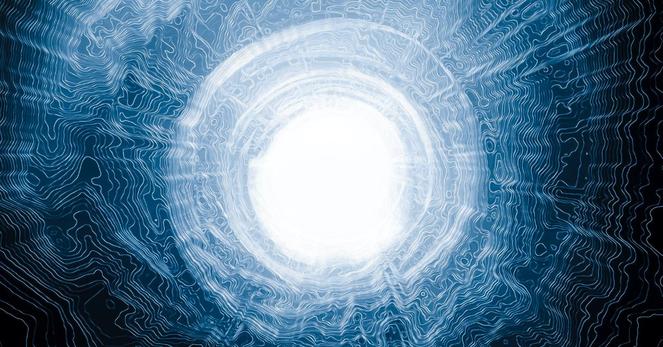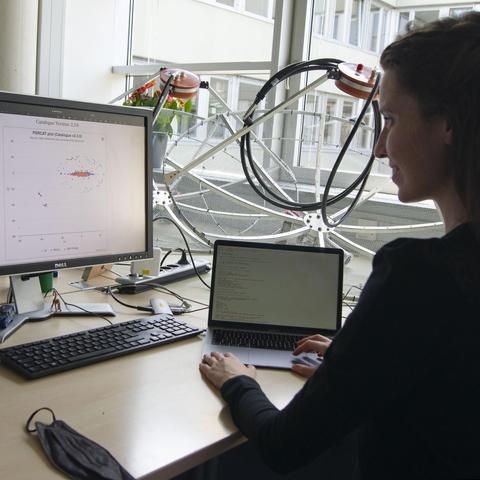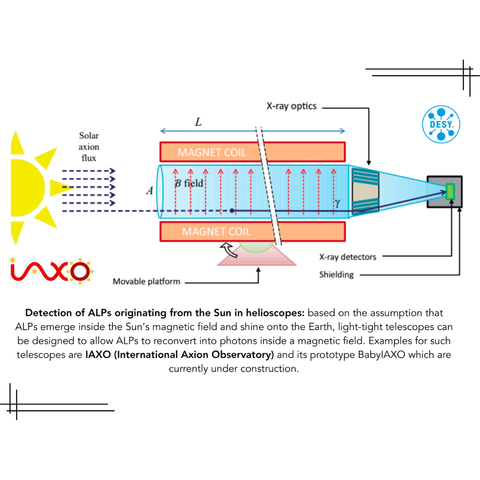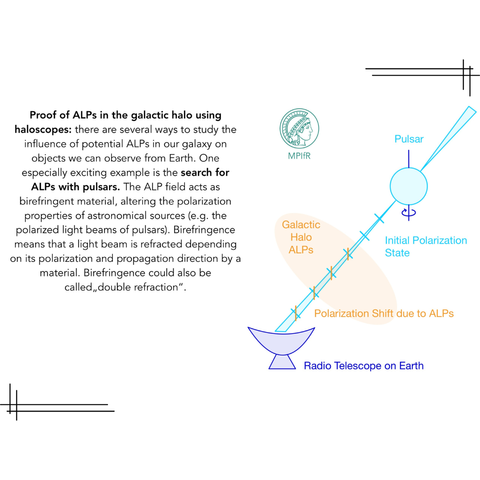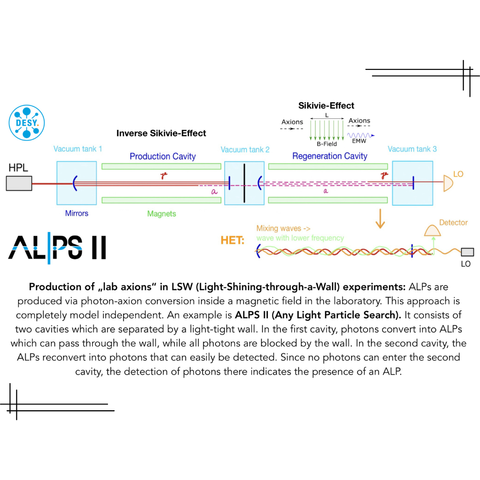✨During the #Christmas season, we often think of #wonders and the invisible🪄 that connects our world. Did you know that scientists are searching for an invisible wonder - but in the #universe? 🌌 #Axions, the promising candidates for Dark Matter (DM)🖤, are ultra-light particles with masses around 10⁻²² eV and wavelengths of about one kiloparsec (~ 3x10¹⁶ km).
Particles with similar properties to axions are called "axion-like particles" (ALPs). 💡ALPs, which include ultra-light axions, can alter #light polarization – meaning the alignment of #lightwaves. During an internship with us, Sarah searched for such phenomena in low-frequency #LOFAR data 📡 from the pulsar PSR J0332+5434. Low frequencies📉 are ideal, as the ionosphere – an electron layer in the Earth's atmosphere 🌍, caused by solar radiation – creates interference that can be removed from low-frequency LOFAR data through calibration.
According to theories, axions apperars in strong magnetic fields, such as in #stellar cores, where they can escape because they interact very weakly with normal matter. Just like DM 🖤.
Similarly, pulsars have extremely strong static magnetic fields. When cosmic ALPs enter a strong #magneticfield, they can be converted into photons – that is, light 🌟 – and thus become detectable, if ultra-light axions exist.
Currently, there are three methods for searching for ALPs:
1️⃣ Helioscopes for solar ALPs (e.g. IAXO, 🖥️ 1) ☀️,
2️⃣ Haloscope searches in the galactic halo 🌌 (e.g. observing radiopulsars, 🖥️ 2), and
3️⃣ Generating ALPs in the lab 🔬 (e.g. ALPS II, @DESY , 🖥️ 3).
© S.Pappert, E.Moerova | MPIfR
